Although peach fuzz is an added insulation to keep you warm, it could be troublesome if these fuzzy hairs start growing exponentially. Peach fuzz or vellus hair is the tiny, light-colored hair that grows commonly on the chin, below the nose, and on the cheeks regardless of skin tone and texture.
For some females, it could be a legitimate issue to have tiny hair growth on their face as sometimes, these hairs appear prominently on the face. Today, we are more concerned about Instagram pictures and want to get rid of those false filters. It is a real concern to remove these tiny hairs which are noticeable in the pictures. So, you are in your selfie mode, and there is this prominent floss getting appeared on your face; you feel embarrassed and delete that perfect selfie. Awful though!
Females today are more into the self-acceptance phase and are not shy about accepting their flaws and fuzz, and admittedly, many females are suffering through facial hair fluff. For some females, these almost unnoticeable hairs are not of serious concern, but once they start growing all over the face, it can really make you under-confident in public.
Who is More Likely to Develop Peach Fuzz?
Gone are the days when it was considered that peach fuzz only affected teenagers. Not only are teens affected by the vellus hairs, but females of almost every age group suffer from tiny facial hair growth that looks like fuzz on the face. Interestingly, females are more likely to develop peach fuzz due to hormonal changes, which might not enhance the makeup application. While androgens play a vital role in growing facial hair in men, when produced excessively, the number of androgens in females results in growing tiny hairs on spots like upper lips, chin, and cheeks. Some women who are hairier than others are more likely to develop vellus hair beneath their noses and on the chin. These are not like a man’s beard but are shorter, softer, and golden fluff; their growth depends on each individual’s genetics.
Common Places Where the Vellus Hairs Grow
In most people, the vellus hair appears to be shorter and golden colored, while for some, it covers the entire face and is light to dark brown colored. Children, teenagers, and young adults have more peach fuzz on their skin than older adults due to the active hormonal changes that happen during the young phase.
The most common body parts where the peach fuzz is most prominent are:
- Arms, shoulders, and legs
- Knuckles of the fingers
- Chest, back, and stomach
- Beneath the nose, chin, cheeks, and earlobes
Vellus hair which grows on the pubic areas and underarms, grows into thicker and darker terminal hair once puberty hits the individual. In males, the peach fuzz grows into the beard, chest, and knuckles and appears darker.
How to Safely Get Rid of Peach Fuzz?
Fortunately, safe and effective ways help you get rid of those unwanted fuzzy hairs, and once these are removed, they wouldn’t grow back thicker and darker. If the peach fuzz is bothering you and you want to eliminate it, we have developed useful ways for better hair removal results. Make your face fuzz-free for that smoother and long-lasting makeup application.
Let’s explore the effective ways which are risk-free, easy to try at home, and make you look flawless.
Waxing
During the procedure of waxing, the hot paste is applied on the face where there are vellus hairs. After the wax settles down, it is peeled off against the hair direction using a piece of cloth or wax strips. Waxing is far better than shaving or tweezing, as the waxed hairs take enough time to return. Females with skin acne are not suggested to go for the waxing process as it may result in inflammation. This harsh exfoliation process might leave redness on the waxed area, so you should apply skin-soothing oils after waxing.
Threading

Threading is effective in removing chin and eyebrow hairs, and it works great in removing the peach fuss from various parts of the face. For those who are afraid of waxing or chemical peeling, this is helpful in treating the skin without any gel or chemical application on the face. The cotton threads are twisted over the unwanted hairs to remove them. The process could be painful and cause skin irritation. Since the hairs are removed directly from the hair follicle, the hair may grow back shorter and thinner.
Dermaplaning
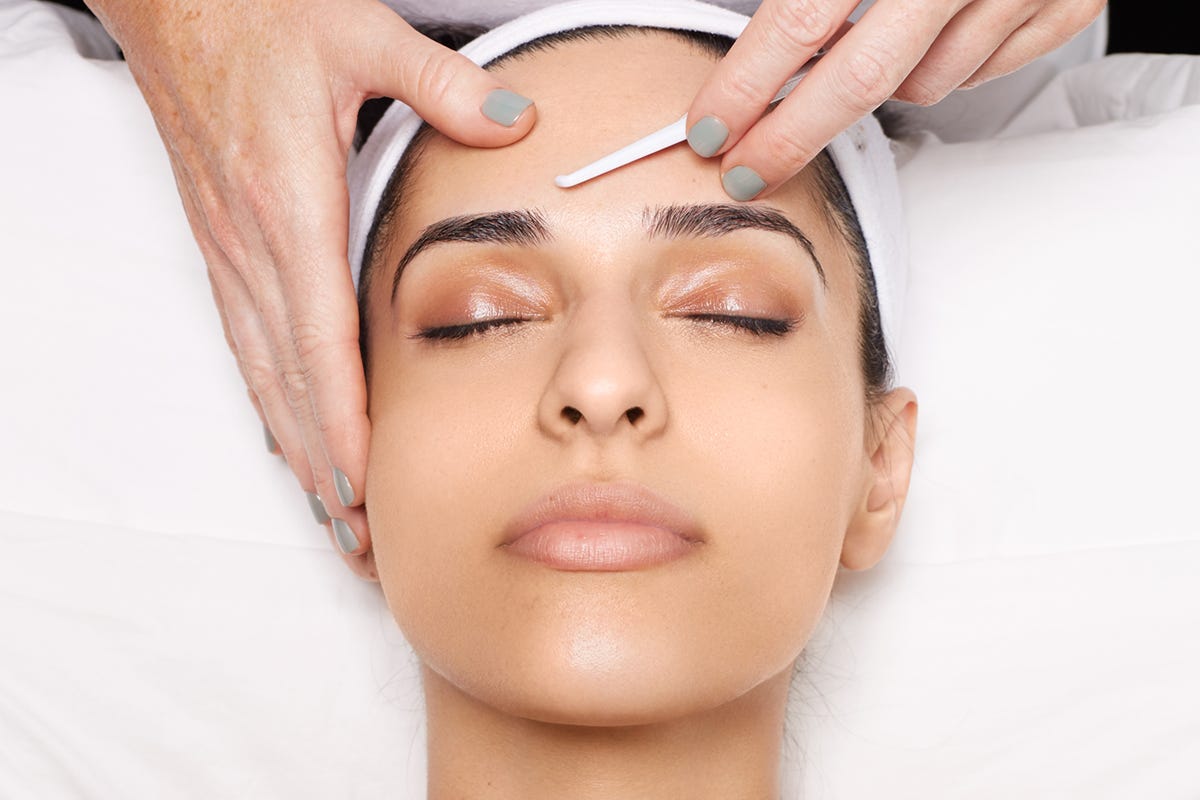
Dermaplaning is an excellent facial treatment that is helpful in skin exfoliation and removes unwanted peach fuzz by removing the upper skin layer. If you have acne-prone skin and lots of vellus hair, dermaplaning can be really helpful in providing finer results for a longer period of time. With the help of a dermatome, the skin’s upper layer is removed, eliminating the dead skin cells and unwanted fluff of hairs from the face. Dermaplaning is now largely used by salons as the results are long-lasting, and hair growth is minimal after this type of shaving.
Laser Therapy
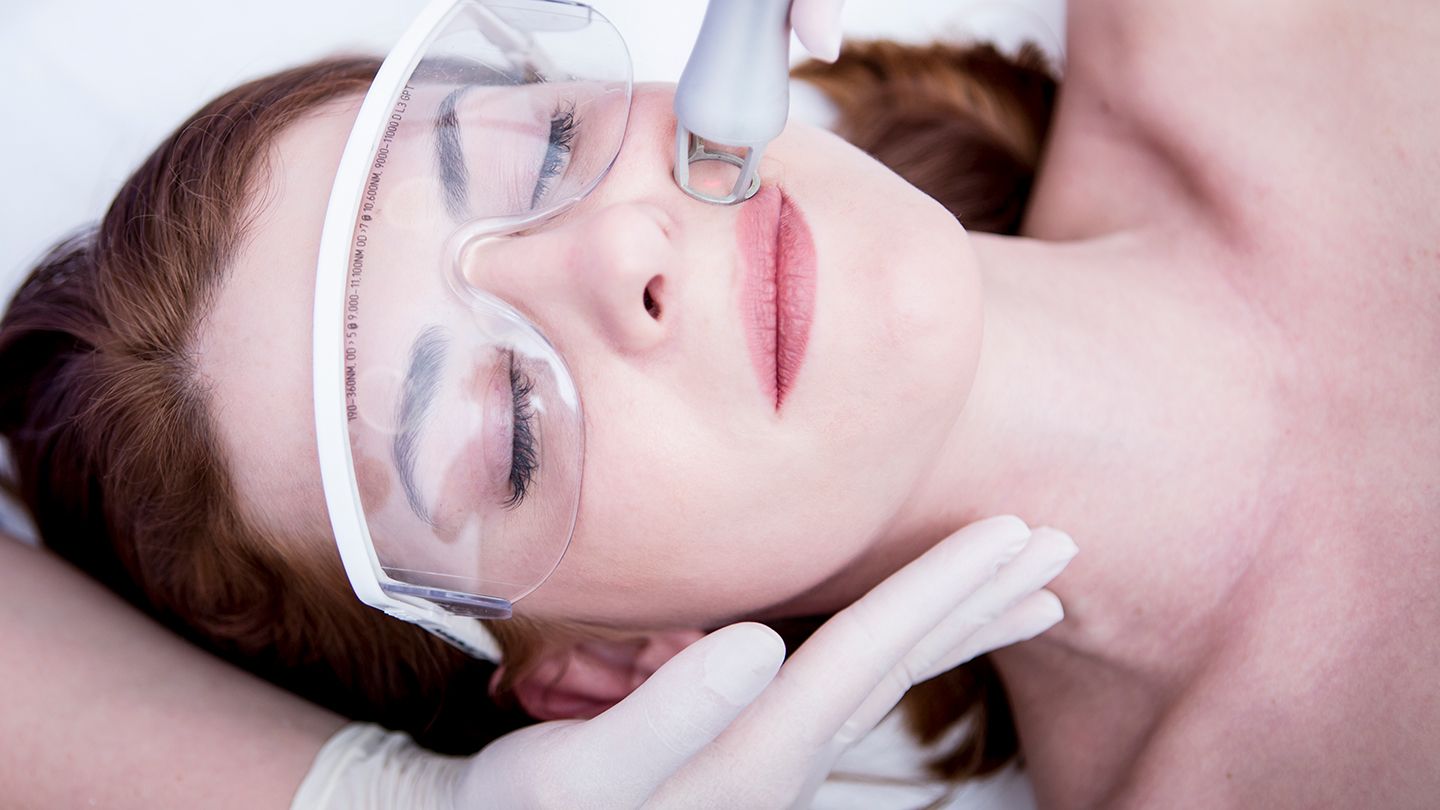
Laser Therapy is a long-lasting solution for those who do not want to go through the process of waxing and threading every month. A dermatologist performs the procedure of laser therapy in which the laser burns the hair follicles and temporarily stops them from growing back again. You must consult your dermatologist about laser treatment, as different skin types respond to different types of lasers. After 7 to 8 sessions of laser, you will witness considerably less growth of vellus hairs. However, in facial areas with thicker hair growth due to hormonal imbalance, the vellus hair may grow back in less time. However, there are risks of hyperpigmentation, skin redness, and irritation associated with laser therapy, which may be reduced by applying skin creams.
Tweezing
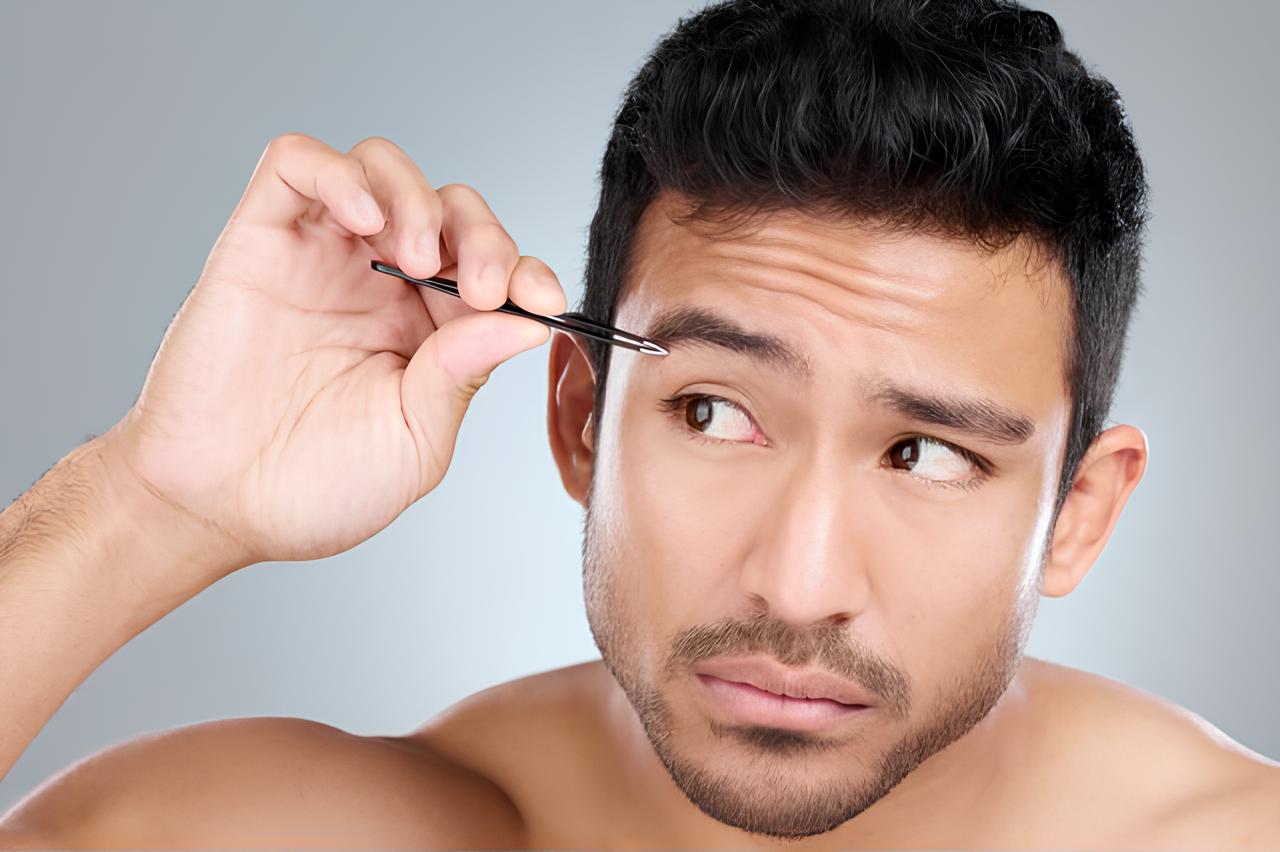
The easiest way of removing vellus hairs from the face is through tweezing, which does not require any professional assistance, and anyone can do this at home. All you need is a tweezer which is used to pluck stray hairs from anywhere on the face. The tweezed hair returns after 6 to 8 weeks, and the skin becomes habitual of the tweezing gradually. With the help of good quality tweezers, you may also manage the chin and eyebrow hairs which grow occasionally.
Bleach
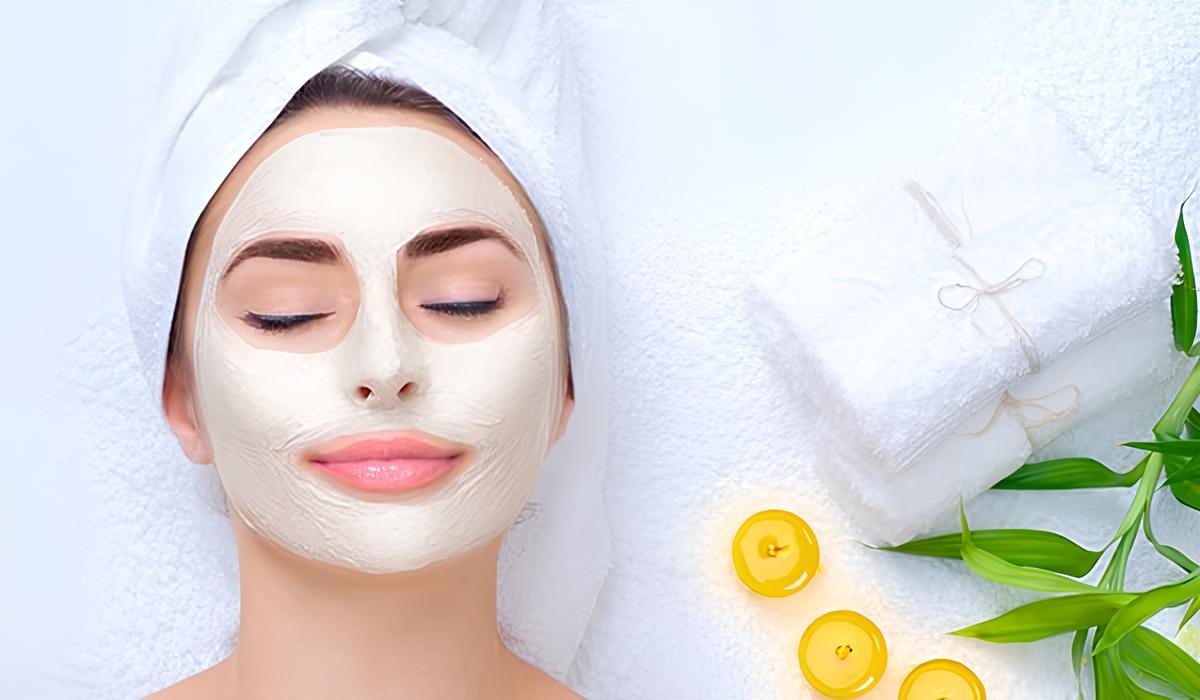
Although bleach does not remove facial hairs, it helps lighten the hair color so they are not too visible on the face. It could also be a temporary solution for those who do not want to tweeze or wax the peach fuzz. The bleaching solution lightens your skin tone and makes the fluffy facial hair less noticeable. While going for bleaching, always look for the bleach powder that suits your skin type and does not irritate it. While bleach can help remove the peach fuzz at home, it could harm the vellus hair on the body, so you need to go for professional bleaching solutions.
Electrolysis
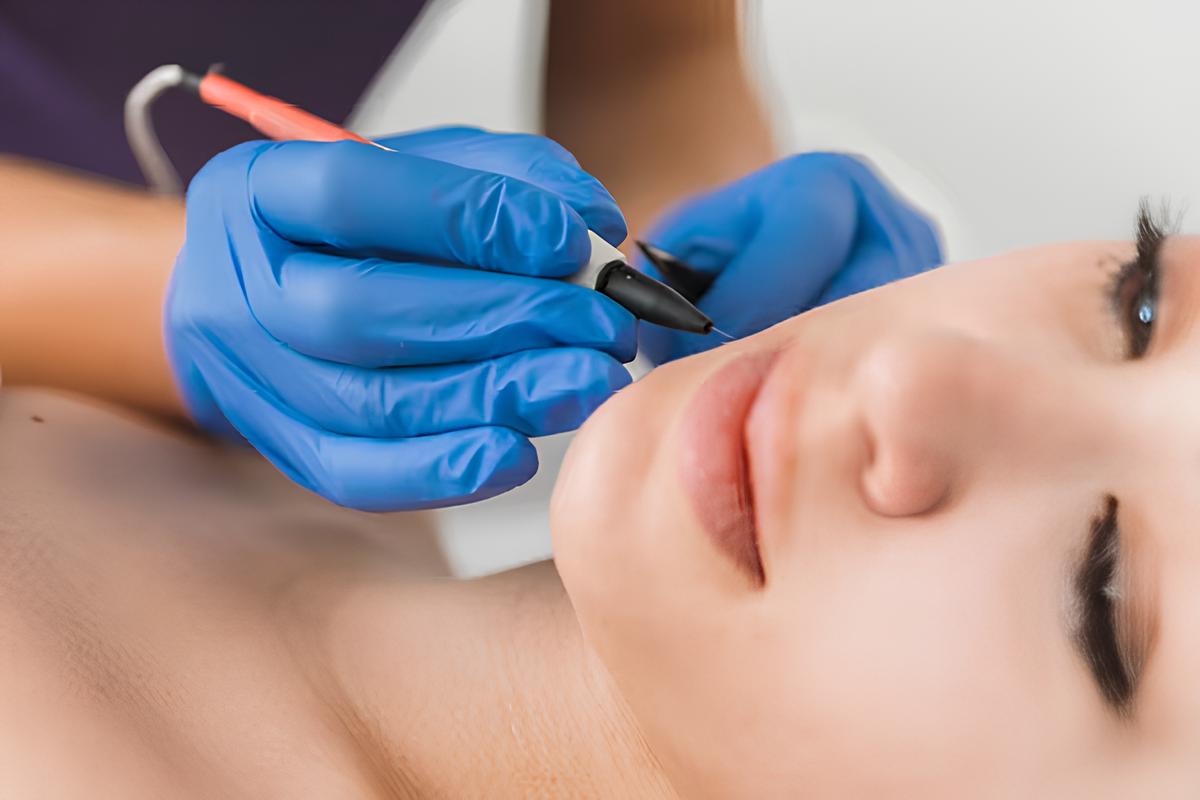
Electrolysis is an expensive hair removal treatment in which the roots of unnecessary vellus hairs are removed by passing an electric current. During the electrolysis process, a very small needle is used to put into the skin’s hair follicle. The blood supply that results from the electrolysis is subsequently sealed off by applying heat through the needle. A pair of tweezers is then used to pluck the hair out of the skin after the needle has been taken out. The electrolysis process suits all skin types but can have a few medical constraints that a dermatologist should consult.
Hair Removing Creams
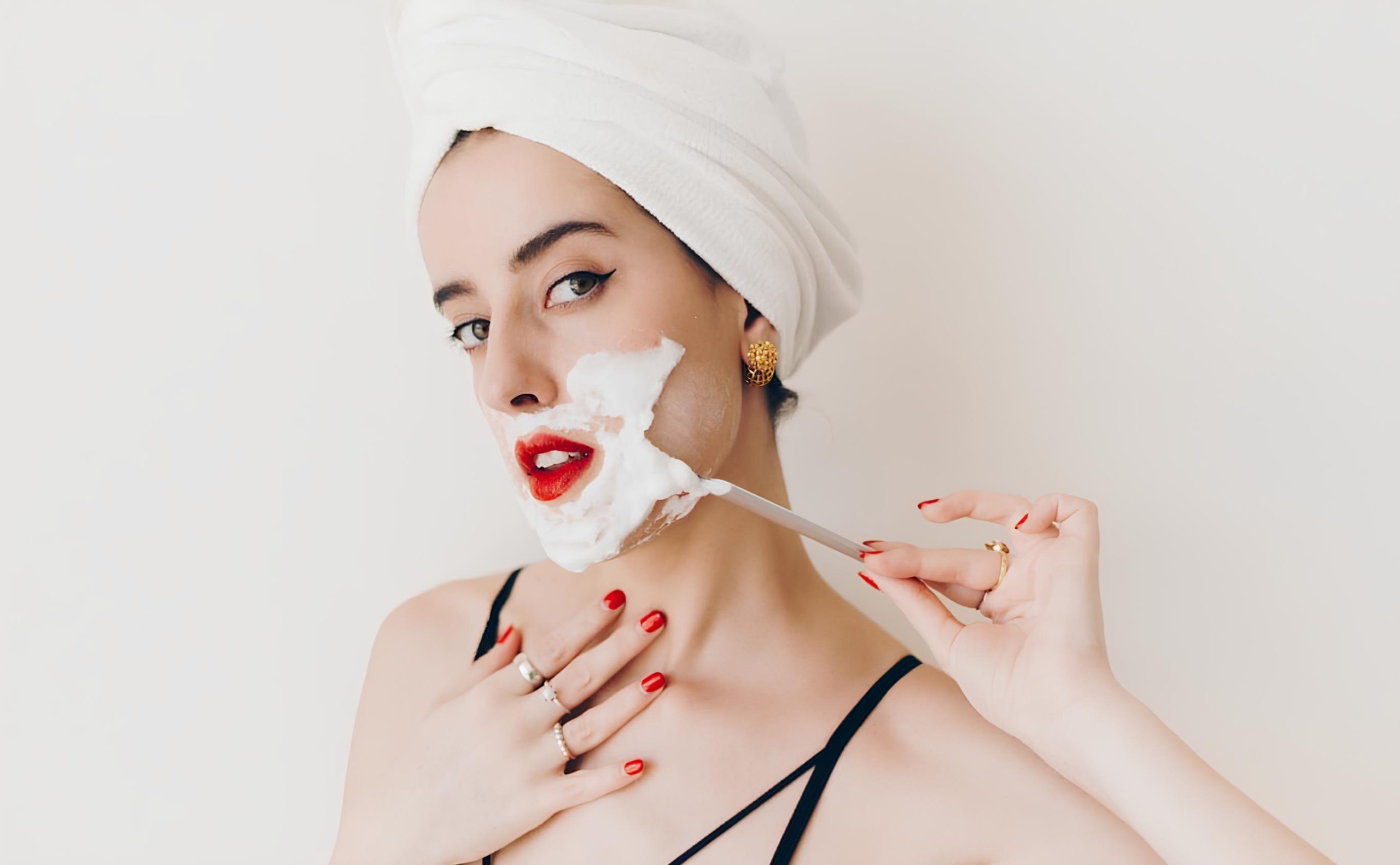
Hair removal creams or gels are widely used to remove peach fuzz by decomposing the hair keratin fibers to discourage their growth. Several FDA-approved over-the-counter facial creams, lotions, and gels help control the peach fuzz, after which the hair grows back slowly and in a thinner texture. Before applying hair-removing creams, do a patch test to see if the cream suits your skin or not. Remember to rinse off the product from your skin with water, as any residue that is left behind may result in skin discoloration.
Bottom Line
Your body’s peach fuzz, also known as vellus hair, protects your skin from climatic changes. These tiny, thin hairs are spread over different body parts and perform crucial functions. However, at a point where the appearance of this hair starts irritating and makes one feel under-confident, you may consider removing the fuzz. There are various safe methods to eliminate vellus hair if you don’t like how it appears. Consult your doctor about the best treatment and whether you want to get rid of peach fuzz permanently or just temporarily. Since overgrowth of vellus hair may indicate a medical issue, you should always consult your dermatologist if you suspect peach fuzz dominating your body.
Frequently Asked Questions (FAQs)
What is the purpose of vellus hairs?
Vellus hairs play a vital role in protecting the body from the outside heat and help your skin feel the outside objects.
Why am I developing so much peach fuzz on my face?
If you have too much peach fuzz on your skin, this is due to the excess production of androgens. The hormonal imbalance increases the vellus hair on the face and other body parts, while in some areas, the peach fuzz grows into terminal hairs.
Why is peach fuzz called so?
Peach fuzz is named due to the growth of facial hair, which resembles the epidermic growth on the peach that looks more like wool or fleece.
At which age do boys and girls grow peach fuzz?
Commonly, peach fuzz is more prominent in boys and girls after puberty. The girls of 8 to 9 years old develop vellus hairs while the boys at the age of 10 develop these hairs.
What are the common places where the vellus hair grows?
Vellus hair commonly grows in body areas, including arms, legs, chest, neck, chin, cheeks, nose, knuckles, and stomach.
What are the syndromes related to the excessive growth of vellus hairs?
An abnormal growth in the vellus hairs may be related to Cushing’s syndrome, hirsutism, male pattern baldness, and hypertrichosis.
Will vellus hair grow thicker after I remove it?
No, value hair does not grow back thicker after its removal. Since the new hair, when it breaks through the skin, looks thicker and harder, people may think that the removed hairs return darker. However, this is not the thickness of the hair itself, but the skin surface from which it is breaking out.
What are the cosmetic procedures performed to remove the vellus hair?
Laser therapy and electrolysis are common treatments that are recommended to remove the vellus hair.
Is peppermint tea beneficial in reducing the peach fuzz?
Taking peppermint twice a day is considered effective in controlling the growth of peach fuzz due to peppermint’s ability to reduce the production of male hormones in females.
Is it possible to permanently get rid of peach fuzz?
It is impossible to remove peach fuzz permanently, but you may control its growth. To slow down the hair regrowth process, you may opt for laser therapy, which helps slow down the hair growth pattern.
What does vellus hair look like?
Vellus hair typically has a thin and fine texture. Typically, it is lighter in color, ranging from pale blonde to dark blonde, while its length is shorter compared to the terminal hair. Your genetics, age, and hormone levels all impact the appearance and concentration of vellus hair on your face.
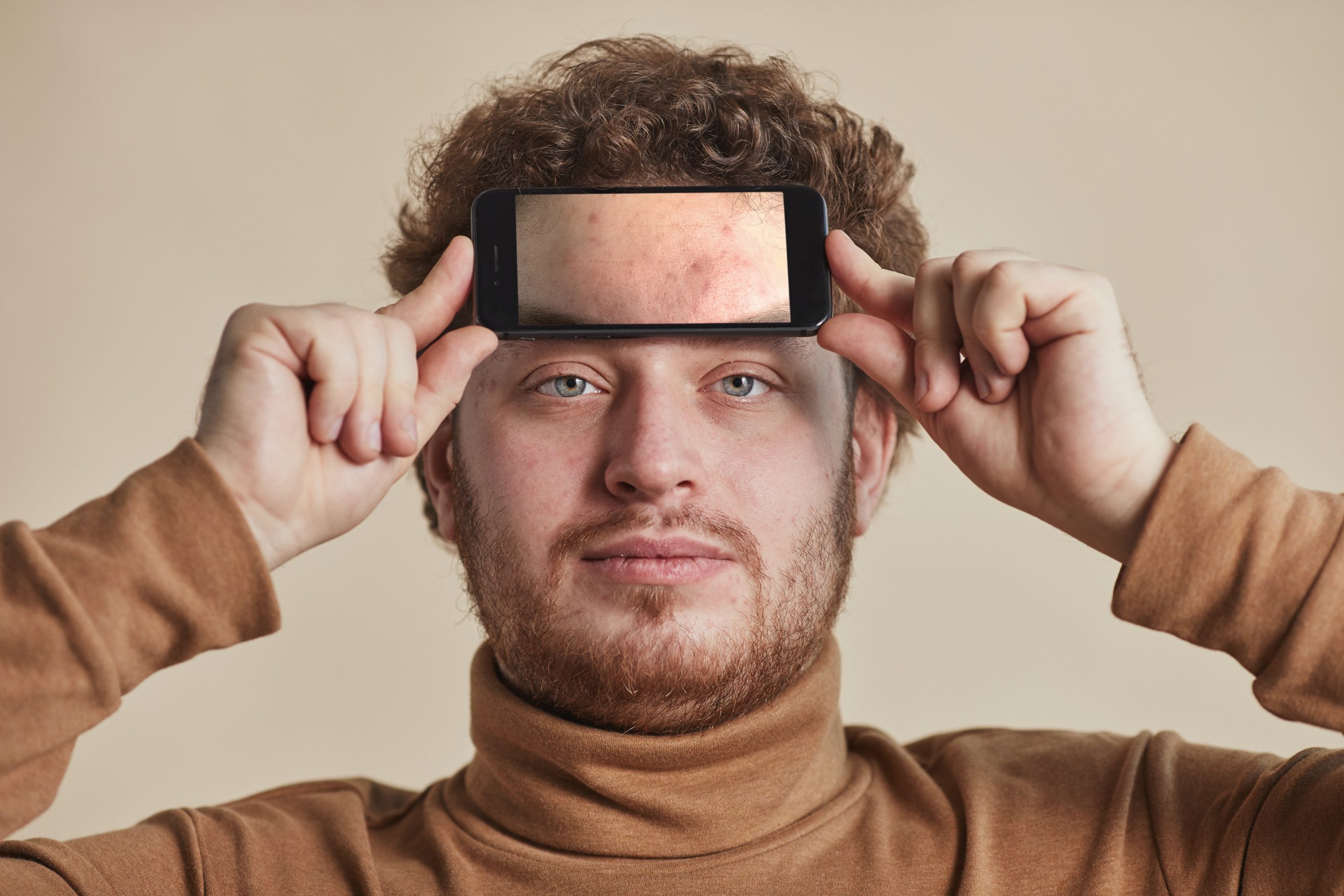
John Davis is a passionate content writer with a knack for crafting engaging narratives across various subjects. With a keen eye for detail and a love for storytelling, John brings ideas to life through the power of words. His dedication to delivering high-quality and informative content has made him a trusted voice in the digital realm. When he’s not at his desk, you’ll find John exploring new hobbies and seeking inspiration in the world around him.




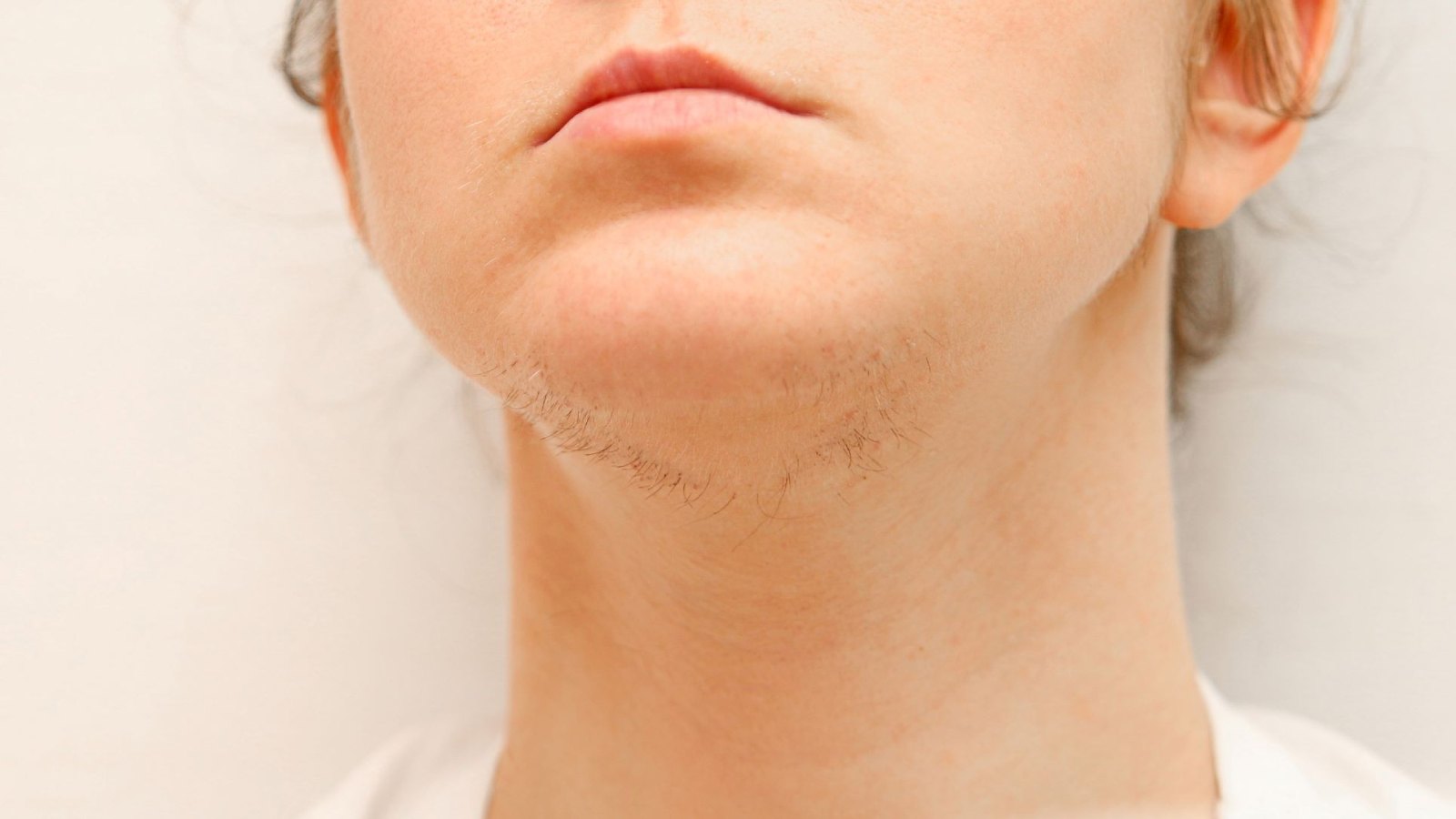
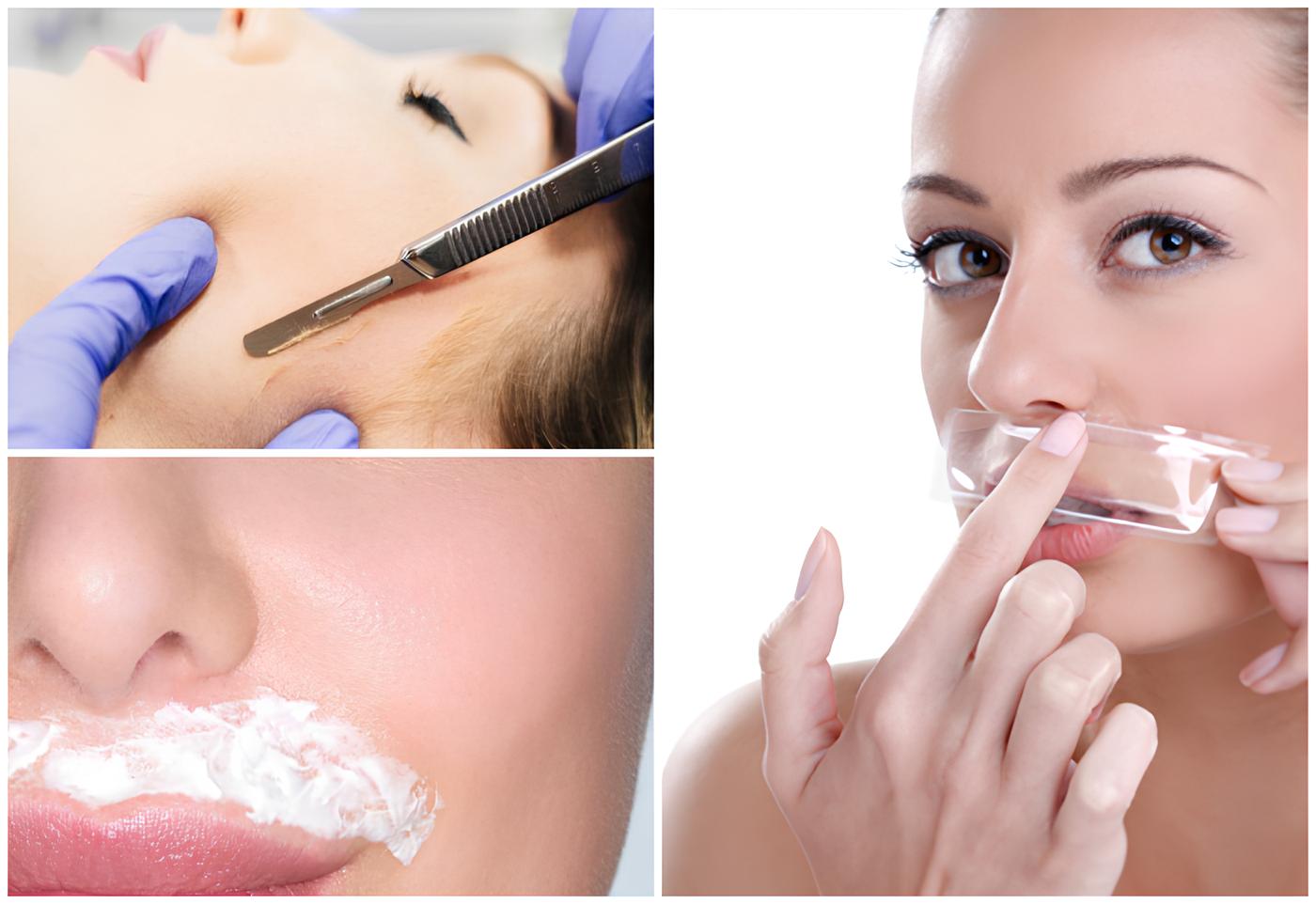



Loading…